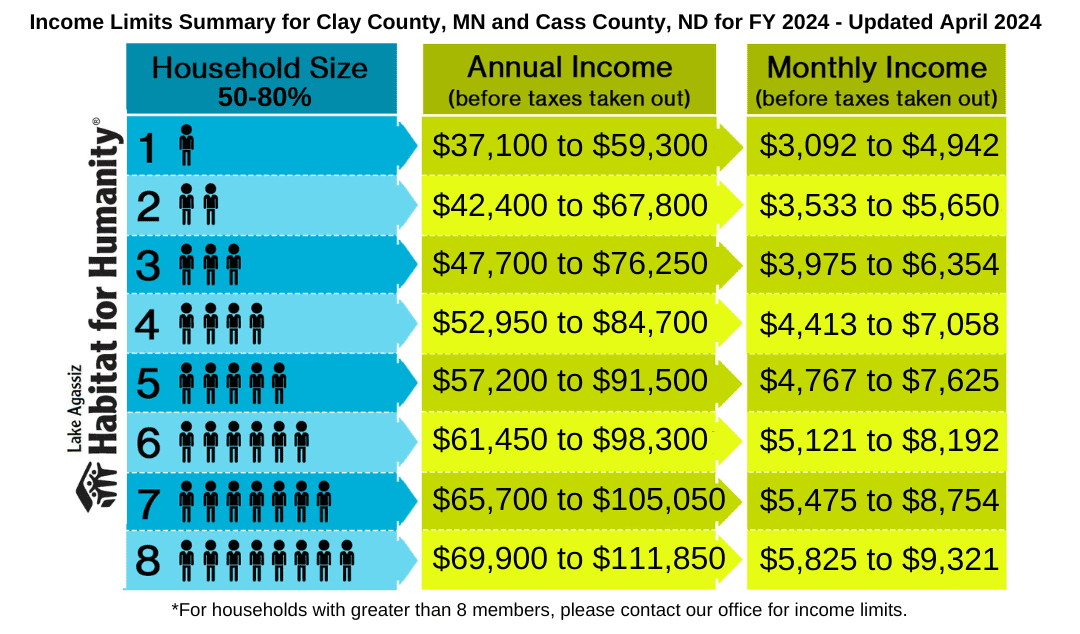Maximizing Your Home Equity: The Ultimate Guide to Loan to Value Refinance
#### What is Loan to Value Refinance?Loan to Value Refinance (LTV Refinance) is a financial strategy that allows homeowners to tap into their home equity by……
#### What is Loan to Value Refinance?
Loan to Value Refinance (LTV Refinance) is a financial strategy that allows homeowners to tap into their home equity by refinancing their existing mortgage. The term "loan to value" refers to the ratio of the loan amount to the appraised value of the property. This ratio is crucial for lenders as it helps them assess the risk involved in granting a loan.
#### Why Consider Loan to Value Refinance?
There are several reasons why homeowners might consider a loan to value refinance:
1. **Access to Cash**: By refinancing, homeowners can access cash for various needs, such as home improvements, debt consolidation, or education expenses. This is particularly beneficial for those who have built significant equity in their home.
2. **Lower Interest Rates**: If market interest rates have dropped since you obtained your original mortgage, refinancing could allow you to secure a lower rate, reducing your monthly payments and overall interest costs.
3. **Better Loan Terms**: Refinancing can also provide an opportunity to switch from an adjustable-rate mortgage (ARM) to a fixed-rate mortgage, offering more stability in monthly payments.
4. **Improving Financial Stability**: For homeowners struggling with high-interest debts, refinancing to consolidate those debts into a single lower-interest mortgage can improve financial stability.

#### How Does Loan to Value Work?
To understand how loan to value refinance works, it’s essential to grasp the LTV ratio. The LTV ratio is calculated by dividing the loan amount by the appraised value of the property. For example, if your home is valued at $300,000 and you owe $240,000 on your mortgage, your LTV ratio would be 80% ($240,000 ÷ $300,000).
Most lenders prefer an LTV ratio of 80% or lower for refinancing, as this indicates a lower risk. However, some lenders may allow higher LTV ratios, especially for government-backed loans.
#### Steps to Refinance Using Loan to Value
1. **Evaluate Your Current Mortgage**: Before considering a loan to value refinance, assess your current mortgage terms, interest rates, and remaining balance.
2. **Determine Your Home’s Value**: Get a professional appraisal or use online tools to estimate your home’s current market value. This will help you calculate your LTV ratio.

3. **Research Lenders**: Shop around for lenders that offer favorable refinancing terms. Compare interest rates, fees, and customer service.
4. **Gather Documentation**: Prepare necessary documents, including income verification, credit history, and information about your current mortgage.
5. **Apply for the Refinance**: Once you’ve chosen a lender, submit your application and wait for the approval process.
6. **Close the Loan**: If approved, you will go through the closing process, where you’ll sign documents and finalize the refinance.
#### Risks and Considerations
While loan to value refinance can be beneficial, there are risks involved:

- **Higher Monthly Payments**: If you increase the loan amount to access cash, your monthly payments may rise.
- **Closing Costs**: Refinancing often comes with closing costs, which can offset some of the financial benefits.
- **Market Fluctuations**: If home values decline, your LTV ratio could increase, making future refinancing more difficult.
#### Conclusion
Loan to value refinance can be an effective way to leverage your home equity for financial gain. However, it’s crucial to carefully evaluate your financial situation, understand the risks, and choose the right lender. By doing so, you can maximize the benefits of refinancing and achieve your financial goals.